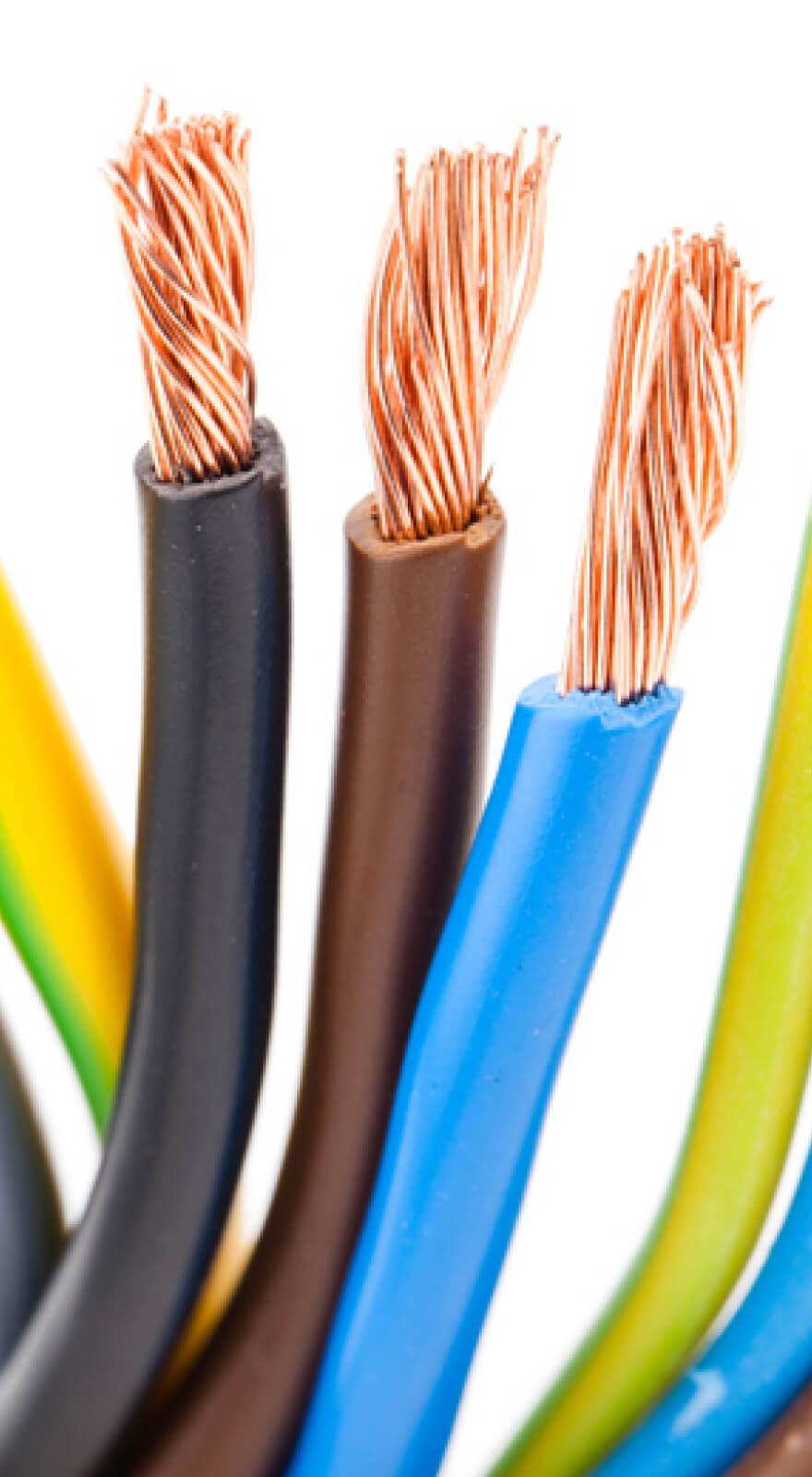Knowde Enhanced TDS
Identification & Functionality
- Polymer Name
- Plastics & Elastomers Functions
- Technologies
- Product Families
Features & Benefits
- Labeling Claims
- Materials Features
- Key Characteristics
Low smoke, low toxicity, halogen free, flame retardant silane crosslinkable black compound for sheathing applications.
Applications & Uses
- Markets
- Cure Method
- Plastics & Elastomers Processing Methods
Properties
- Appearance
- Pellets
- Mechanical Properties
- Physical Properties
| Value | Units | Test Method / Conditions | |
| Elongation at Break | 300 | % | IEC 60811-501 |
| Elongation Under Load (20N/cm² at 200°C) (Cure Assessment by Hot Set Test: Forced Cured at 80°C in Water) | 60 | % | IEC 60811-507 |
| Tensile Strength | 10 | N/mm² | IEC 60811-501 |
| Value | Units | Test Method / Conditions | |
| Density | 1.4 | g/cm³ | BS EN ISO 1183-3 |
| Melt Flow Rate (at 150°C / 2.16kg) | 15 | g/10min | Internal Method |
Technical Details & Test Data
- Tracking Resistance
Combined 60kV 50Hz salt-fog and 15kN tensile testing has been completed on a SX524:CM424/1 sheathed ADSS cable which had previously been exposed to 2000 hours of UV radiation to ASTM G154. The cable completed the 1000-hour salt-fog test generally to IEC 1109 showing no signs of tracking.
Designed for use with overhead power transmission lines up to and including 500kV.- Processing
Extruder - An extruder with an L/D ratio (length/diameter) between 15 and 24 and a screw with a compression ratio 1.2:1 are recommended.
Extruder Temperature Conditions - It is important that the melt temperature is not allowed to increase above 160oC. As a guide the following temperature profile is recommended:Zone #1 Zone #2 Zone #3 Zone #4 Head Die Celsius 130°C 140°C 145°C 150°C 150°C 150°C Fahrenheit 266°F 284°F 293°C 302°F 302°F 302°F This profile will vary slightly depending on extruder type, head design and output. Initial purging of the extruder should be performed without the addition of catalyst masterbatch to reduce risks of precuring.
Head & Tool Design: The head and tools should be so designed as to allow streamlined flow without the possibility of stagnation of material (where pre-curing could take place). To obtain the optimum in physical properties in the case of tubing tools, a maximum draw down ratio of 1.5:1 is recommended to avoid internal stresses.
Crosslinking or Cure: A fast cure can be obtained either by immersion in hot water or exposure to low pressure steam at a temperature up to 70°C.
Catalyst & Color Masterbatches - It is recommended that the catalyst masterbatches should be thoroughly dried before use for 8 hours at 60°C or 4 hours at 80°C in a de-humidifying drier.
Packaging & Availability
- Packaging
The following possibilities are available:
- Moisture resistant sacks containing 25kg
- Boxes with a moisture resistant heat sealed liner containing 600kg
Storage & Handling
- Storage & Shelf Life
A period of at least 6 months from date of manufacture can normally be expected. The following storage conditions are recommended:
- Packaging should remain sealed
- Avoid temperature above 30°C
- Avoid storage outside and in direct sunlight
- Use within 8 hours of opening packaging


